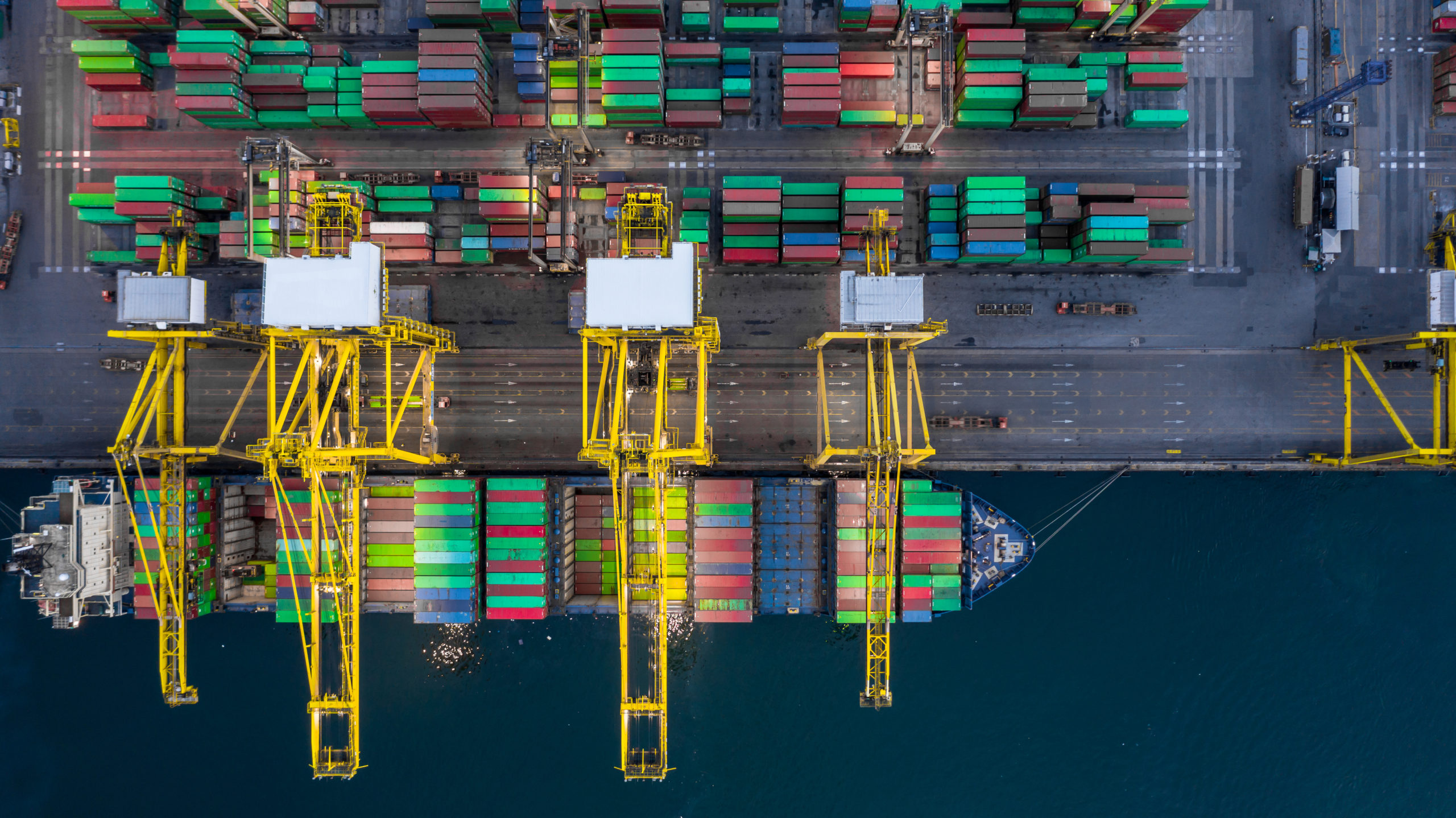
Marine terminal digitalization isn’t an overnight process. Find out how to begin transforming operations through incremental digital change.

Marine terminal digitalization isn’t an overnight process. Find out how to begin transforming operations through incremental digital change.
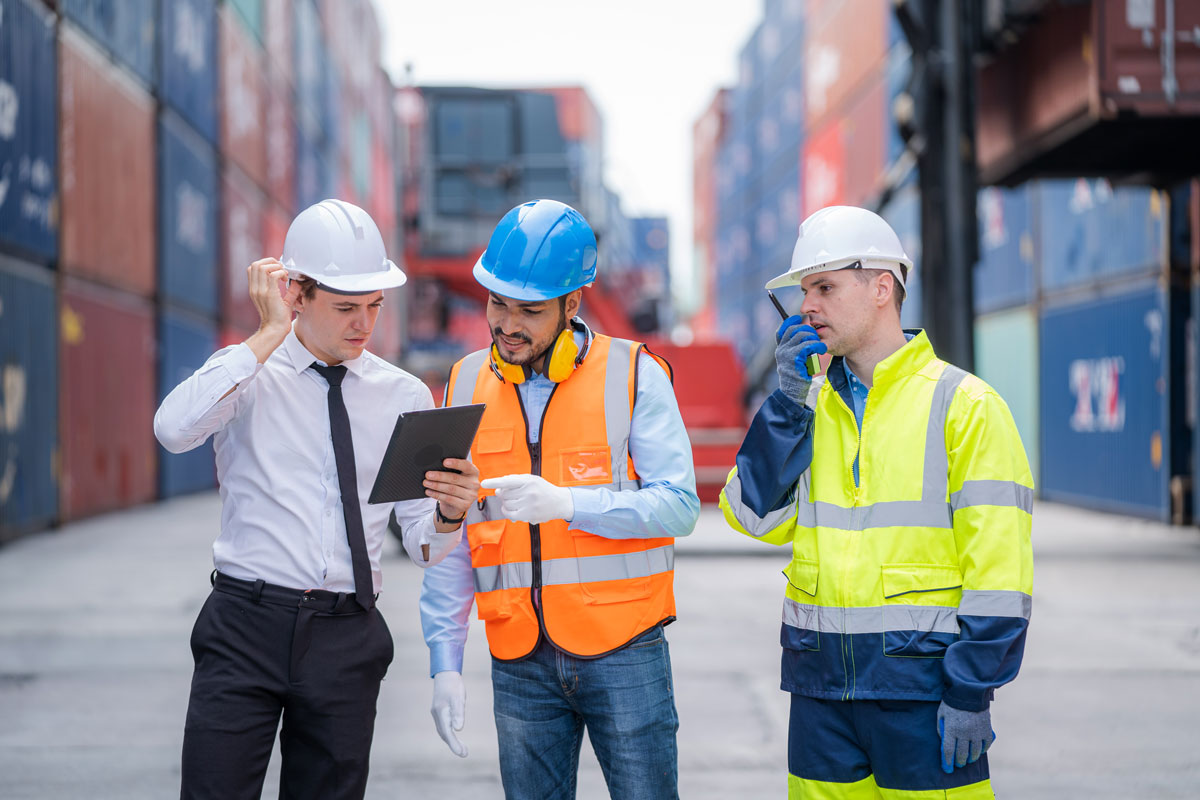
Learn how standardized solutions, real-time data, customer engagement, and continuous innovation can raise your terminal to the next level.
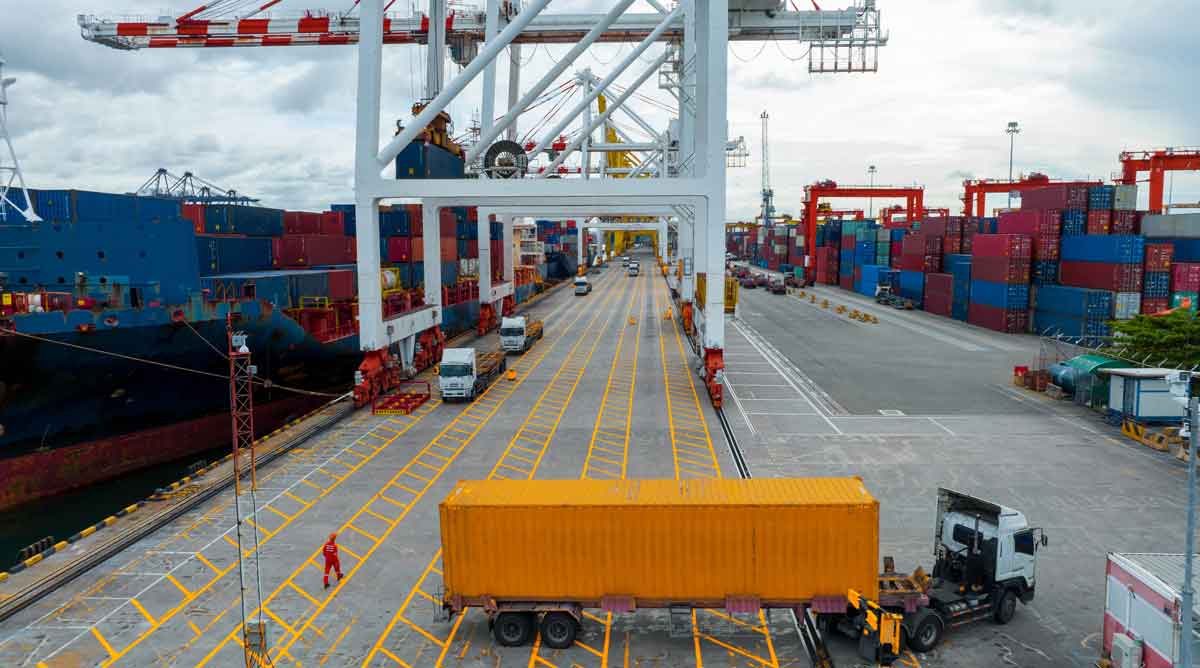
Cope with shipping delays using a graphical planning tool that helps you stay on track when unexpected disruptions occur.

Enhance port efficiency with 5 innovative tech solutions, reducing congestion and minimizing delays. Learn how to streamline operations for optimized performance.
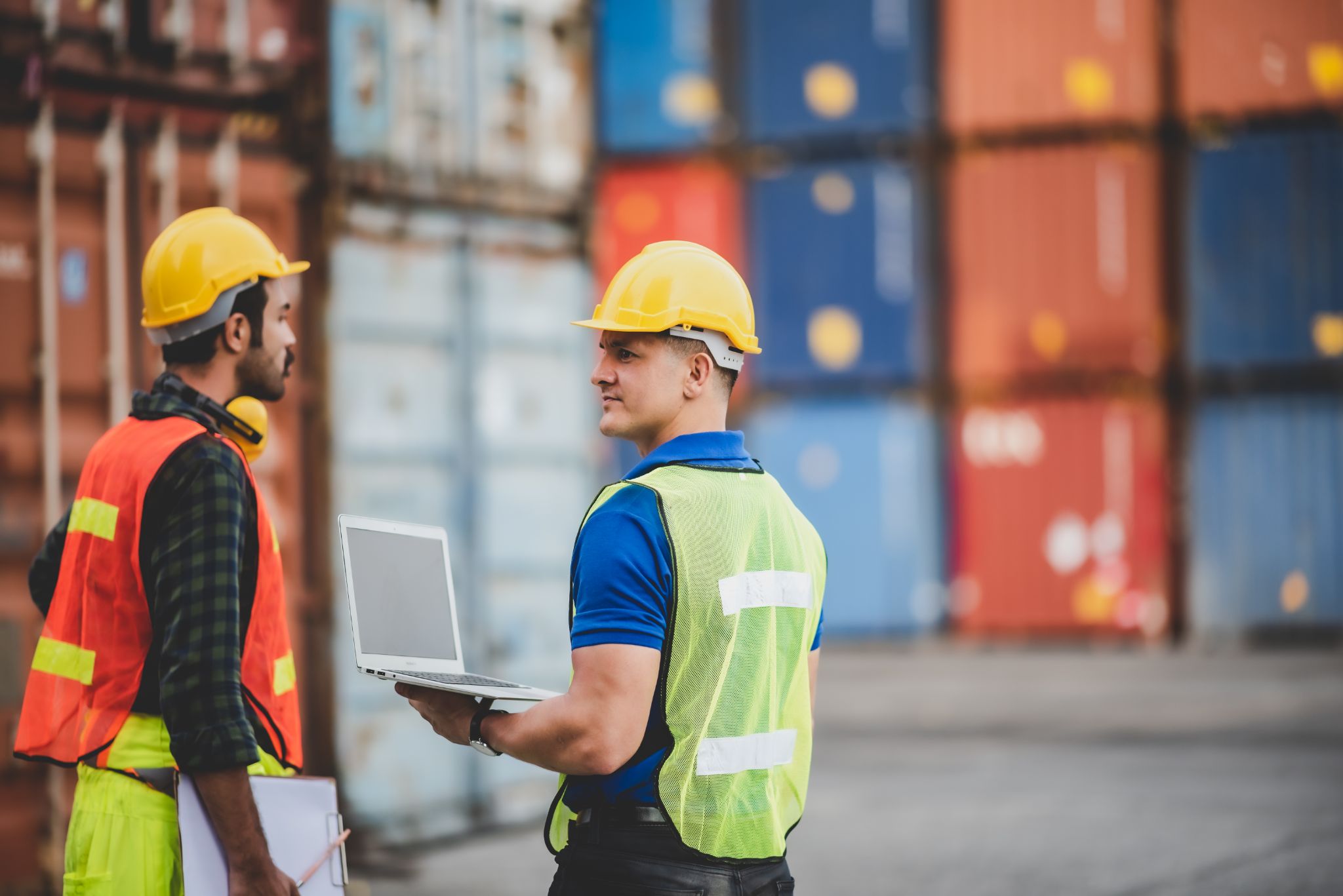
Learn how Tideworks Insight, Blackfin, and in-depth training helps large terminal networks create efficiencies through standardization.
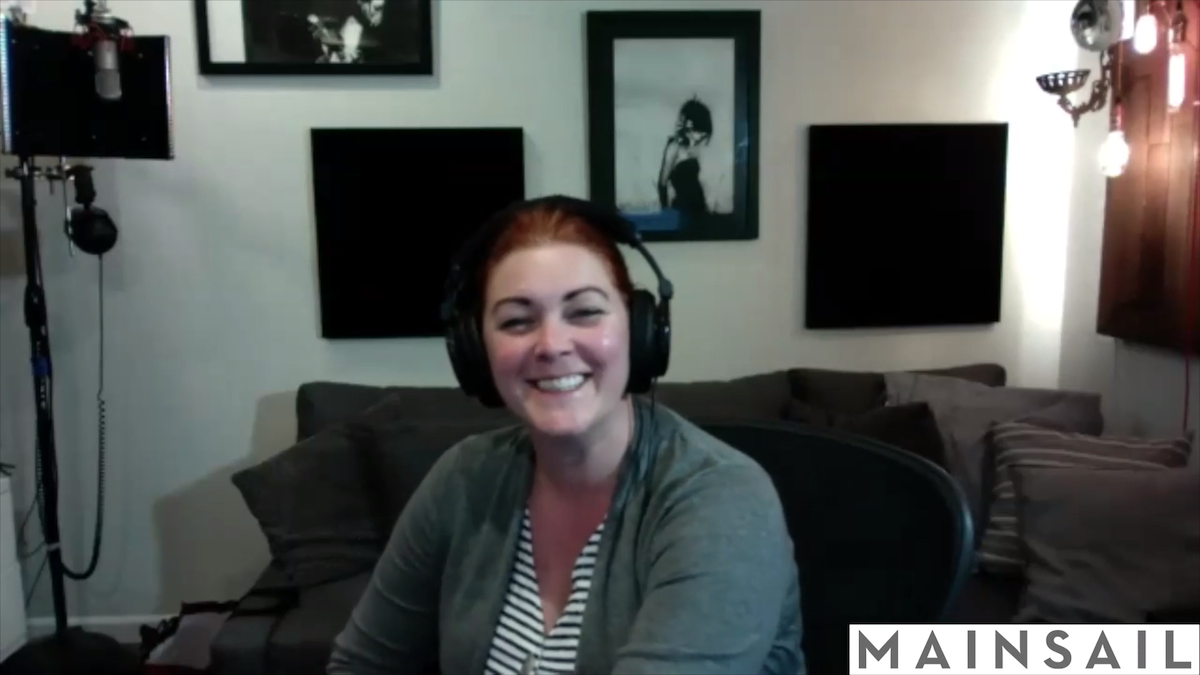
What’s more challenging than beating the deadline on a major software release? Beating the deadline on a major software release during a global pandemic while becoming the new leader of the team.

Like any new system, Mainsail 10 has a small learning curve, but it’s offset by a faster, smarter, and simpler interface to help you find exactly what you need when you need it. Again, we’ve invested in remote learning solutions to help you train your team up to handle this new iteration.
Tideworks has been forced to adapt to the industry’s new normal in light of the realities presented by the COVID-19 pandemic. However, similar to many of our resolute customers, Tideworks has been hard at work preparing for our next big thing: Mainsail 10.
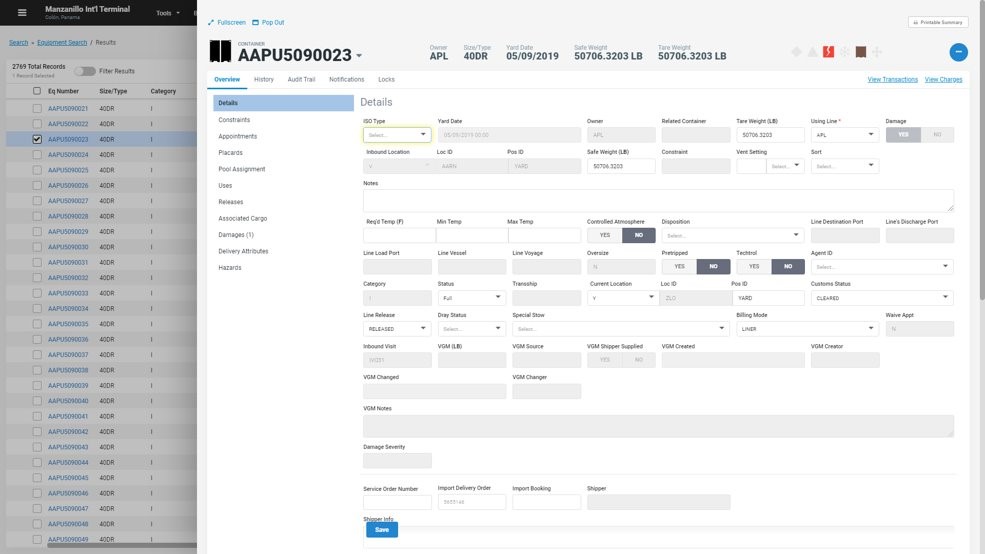
Mainsail 10 is coming! Here are some of our most frequently asked questions about upgrading from Mainsai Classic/Vanguard.
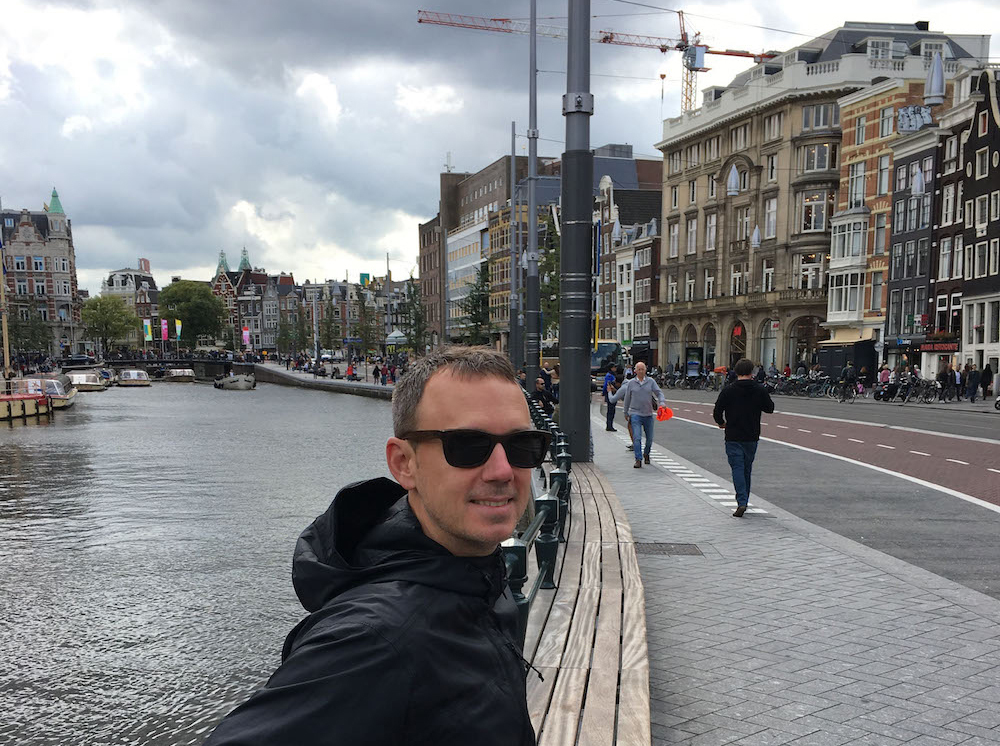
A true jack-of-all-trades, Mark Longman’s input has been invaluable throughout his career at Tideworks. Today he’s a senior software engineer and team lead in developing the next iteration of our Mainsail Terminal Operating System (TOS). In 2001, he joined Tideworks as a front-end web developer. Since then he’s worked on almost every web-based product carried by both Tideworks and Carrix. User interface and usability design have always been paramount to his approach in software development and he has thoroughly enjoyed playing a role in creating clean and simple software solutions.
Recent Comments